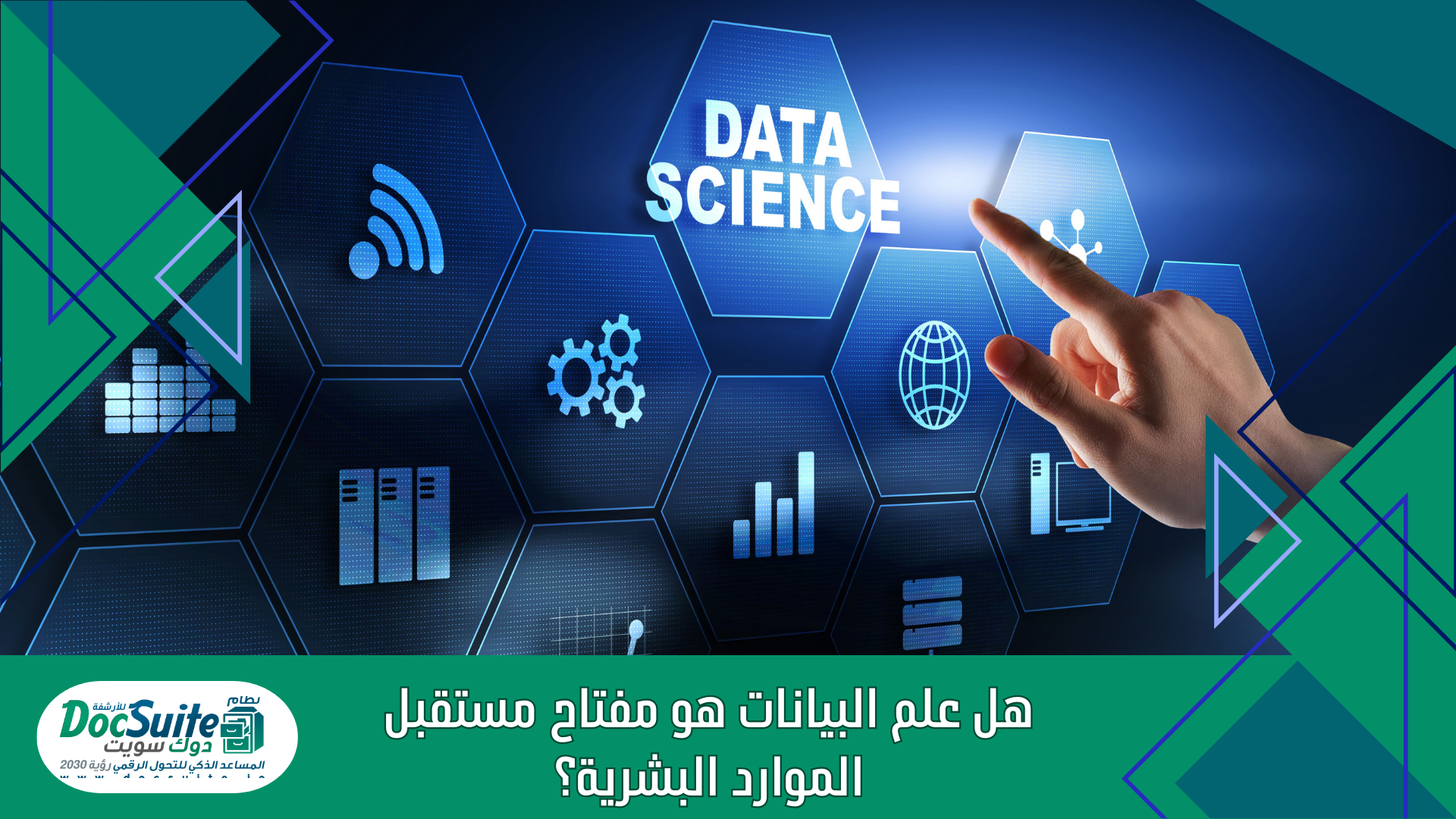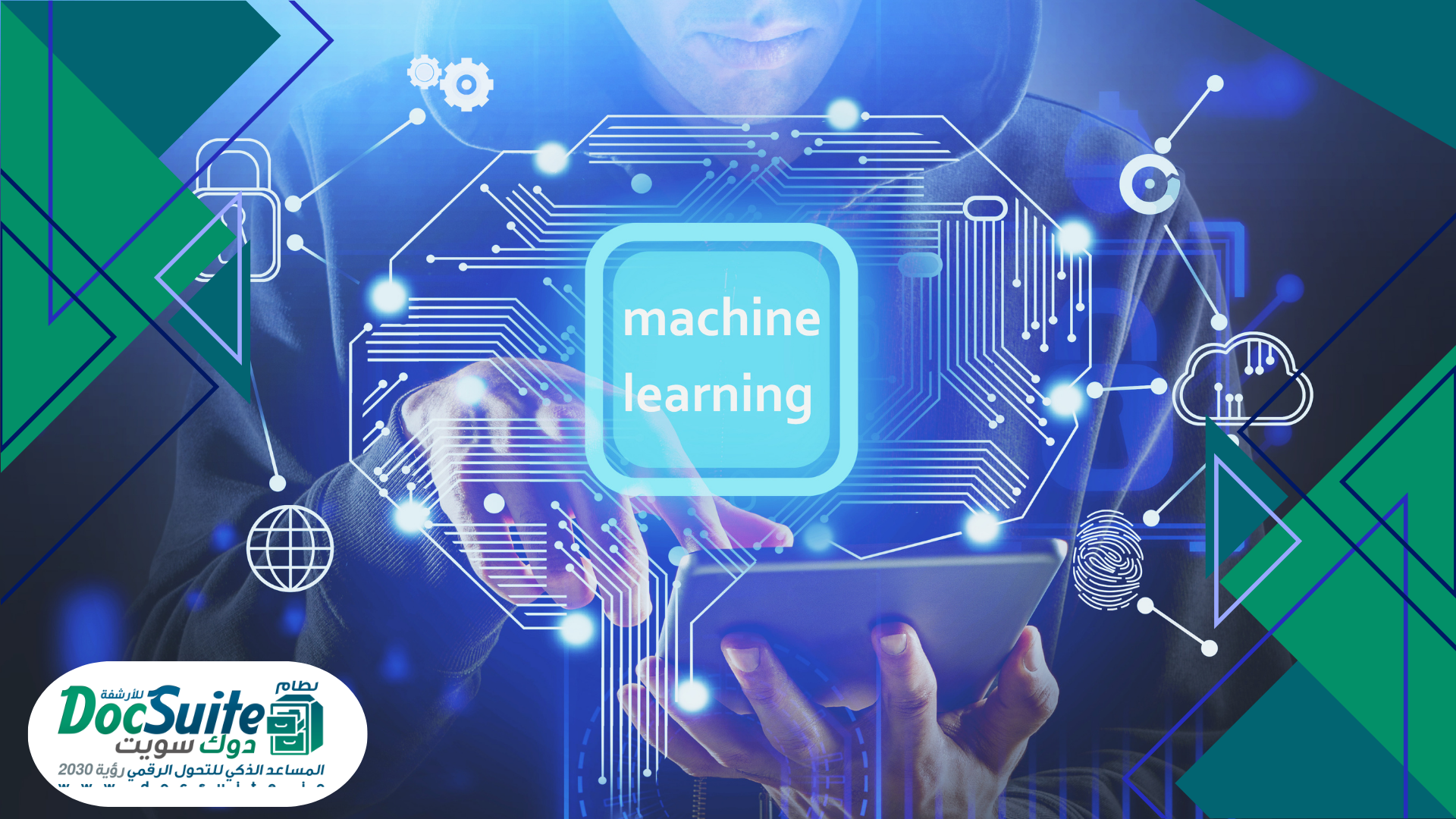In the modern technological era, data plays a crucial role in various aspects of life, including human resource management. Understanding and analyzing data correctly has become essential for companies seeking to improve their performance and attract and retain top talent. Data science plays an important role in analyzing HR data, guiding strategic decision-making, improving the work environment, and enhancing work efficiency.
Applications of Data Science in Human Resources:
Employment Data Analysis:
The applications of data science in HR start from recruitment processes, where data analysis can be used to comprehensively examine and analyze recruitment data. Data analysis can identify the best recruitment sources that yield the highest success rates in hiring suitable candidates. Additionally, data science can analyze communication methods with candidates and determine the most effective ways to attract the required talents to the company.
Employee Performance Analysis:
Data science can play a vital role in analyzing employee performance and providing valuable insights into each employee's performance. By analyzing performance data, companies can understand the fundamental rules of each employee’s performance, identifying their strengths and areas needing improvement. This information can be used to guide employee evaluations and career development processes, contributing to improving employee performance and developing their skills effectively.
Job Satisfaction Analysis:
Analyzing job satisfaction data can be a valuable tool for companies to understand what makes employees satisfied at work and what can be improved in the work environment. By analyzing satisfaction surveys and feedback from employees, companies can identify the factors that positively and negatively affect employee satisfaction, such as work environment, social relationships, work-life balance, professional development, and more. Based on this data, companies can develop strategies to enhance job satisfaction and increase loyalty to the company, thereby improving employee performance and retaining talented and productive employees.
Health and Safety Analysis:
Analyzing health and safety data can be a valuable tool for companies to improve the work environment and ensure the health and safety of employees. By analyzing accident and injury data, companies can identify the factors that caused accidents and injuries and develop procedures and policies to avoid such incidents in the future. Additionally, analyzing health and safety data can pinpoint areas in the workplace that might pose a health and safety risk and take necessary actions to improve these areas and make them safer for work. By applying data analysis in this field, companies can promote a culture of safety and prevention, ensuring a safe and healthy work environment for all employees.
Employee Engagement and Commitment Analysis:
Analyzing employee engagement and commitment data can be a valuable tool for companies to understand the extent of employees’ alignment with the company’s goals and values and identify the factors that influence their level of commitment. By analyzing data on participation in internal and external events and evaluating employee engagement in teamwork and important initiatives, companies can determine the level of employee engagement with the company’s goals and values. Data analysis can also identify factors influencing commitment levels, such as social relationships at work, career development opportunities, and work-life balance. By using data analysis in this field, companies can enhance employee engagement and commitment to the company’s goals and values, contributing to long-term success and sustainability.
Using data analysis, companies can achieve a qualitative shift in HR management. Better understanding employee needs and aspirations can help companies improve the work environment and provide compensation programs and benefits that better meet those needs. Additionally, guiding strategic decisions more effectively can lead to improved overall company performance, increased employee satisfaction, and loyalty. Data analysis enables companies to make informed, fact-based decisions, helping them thrive and compete in today’s labor market.
Future of Data Science in Human Resources:
Data analysis is rapidly evolving in various fields, and its vital role in improving HR management stands out. Thanks to data analysis, better understanding employee needs and aspirations and guiding strategic decisions more effectively is now possible. Today, data analysis is not just a means to extract statistics and figures but has become a crucial tool for making informed decisions and achieving sustainable success in the modern work environment.
Artificial Intelligence:
Artificial intelligence (AI) is one of the most important developments in data analysis in HR. Using AI techniques such as machine learning, companies can analyze HR data more accurately and effectively, providing precise strategic guidance for HR management. AI analytics can quickly and accurately analyze resumes, identify key candidate skills, and guide recruitment processes more effectively. These technologies help improve employee selection processes and increase overall HR management efficiency.
Machine Learning:
Machine learning is a fundamental part of the future of data analysis in HR. Machine learning techniques help analyze large data sets and extract patterns and trends, aiding in better and more targeted HR decision-making. Companies can use machine learning to analyze employee behavior, predict future needs, identify factors affecting performance and satisfaction, and improve recruitment processes and employee selection. Machine learning also enhances training and development strategies to meet company needs and achieve its goals more effectively.
Predictive Analytics:
Predictive analytics is an important future aspect of data analysis in HR. Predictive analytics helps companies anticipate future HR needs, identify potential challenges, and take preventive actions more effectively. Using predictive analytics, companies can analyze historical data to identify trends and patterns that may affect future operations. Predictive analytics can also identify areas that need development and improvement and devise strategies to address future challenges more effectively. Thus, predictive analytics contributes to improving HR management strategies and achieving company goals more efficiently.
Human-Machine Collaboration:
The integration between humans and machines is an exciting area of research for the future of data analysis in HR. Combining human strengths in understanding context and making strategic decisions with machine strengths in quickly and accurately analyzing data allows companies to make significant advancements in HR management and achieve strategic goals. For example, big data analysis can provide valuable insights into employee behavior and performance, and intelligent systems can assist in making strategic decisions based on these insights. Thus, human-machine integration can improve decision-making processes and achieve sustainability and growth in HR management.

How Does Data Science Help Achieve Sustainability in the Work Environment?
With the growing importance of HR management in company success and sustainability, data analysis techniques have become a vital tool in achieving HR goals more effectively. Data analysis is an integral part of modern HR management, providing organizations with the ability to better understand employee needs and aspirations and guide strategic decisions based on accurate and reliable evidence. In this context, Doc Suite offers a comprehensive HR management solution, providing powerful analytical tools that help improve employee performance, increase satisfaction, and promote sustainability in the work environment.
Performance and Productivity Analysis:
The Doc Suite HR management system offers analytical capabilities that help companies understand and improve employee performance. Data analysis in Doc Suite can examine employee performance and analyze the reasons behind productivity declines. By analyzing attendance, departure, and performance data, companies can identify factors negatively affecting productivity, such as skill gaps, excessive workloads, or job dissatisfaction. Understanding these factors allows companies to take necessary actions to improve performance and increase productivity, such as providing appropriate training, better work distribution, or enhancing the work environment to boost employee satisfaction and productivity.
Job Satisfaction Analysis:
Job satisfaction data analysis in the Doc Suite HR management system is a powerful tool for companies to understand employee satisfaction levels and improve the work environment based on this feedback. By analyzing satisfaction data, companies can identify areas where employees feel satisfied and areas needing improvement. For example, data analysis may reveal employee dissatisfaction due to a lack of internal communication or insufficient development opportunities. Using this information, companies can take steps to improve these areas, such as organizing internal communication sessions or providing tailored development and training programs. Analyzing satisfaction data allows companies to enhance employee satisfaction, increase loyalty to the company, and achieve sustainability in the work environment.
Attendance and Departure Management:
Attendance and departure data analysis in the Doc Suite HR management system is an effective tool for companies to understand attendance and absenteeism patterns and take necessary actions to improve these patterns and increase regularity. By analyzing this data, companies can identify factors affecting attendance and departure, such as open vacations, health issues, or personal circumstances. Understanding these factors allows companies to implement encouraging policies and procedures to increase regularity, such as improving reward programs for perfect attendance or providing a flexible work environment to accommodate personal circumstances. Analyzing attendance and departure data allows companies to improve these patterns and increase regularity, contributing to sustainability in the work environment.
Training and Development Analysis:
Training and development data analysis in the Doc Suite HR management system provides companies with the ability to evaluate the effectiveness of training programs and identify areas needing development to achieve sustainable company goals. By analyzing this data, companies can assess the effectiveness of current training programs and determine whether they meet employee needs and company objectives. Training and development data analysis also identifies areas needing improvement, whether by offering new training programs or updating existing ones. Analyzing training and development data allows companies to achieve sustainable goals by improving employee skills and competencies, enhancing their ability to face future challenges.
Employee Engagement and Commitment Analysis:
Employee engagement and commitment data analysis in the Doc Suite HR management system can be key to understanding employee alignment with company goals and taking necessary actions to enhance this alignment. By analyzing this data, companies can determine employees’ understanding of company goals and alignment with them, as well as identify factors that may negatively affect this alignment, such as lack of communication or transparency in goals. Based on these observations, companies can implement strategies to enhance employee engagement and commitment, such as improving internal communications, providing opportunities for decision-making involvement, or offering incentives and rewards reflecting the importance of commitment to company goals. Analyzing employee engagement and commitment data allows companies to enhance belonging and loyalty to the company, thus achieving sustainability in the work environment.
In conclusion, data analysis is a vital and necessary process in our current era, where companies and organizations produce vast amounts of data. Proper and effective data analysis can bring significant advantages to companies, improving performance and making informed strategic decisions. Applications of data analysis in HR, such as the Doc Suite system, are powerful tools for analyzing employee performance, understanding their needs, and improving the work environment. Data analysis contributes to creating a more sustainable and positive work environment where employees work efficiently and effectively, are more satisfied, and loyal to the company. Data analysis is not just a technical process but a powerful tool supporting strategic decision-making and achieving success in the modern work environment.
